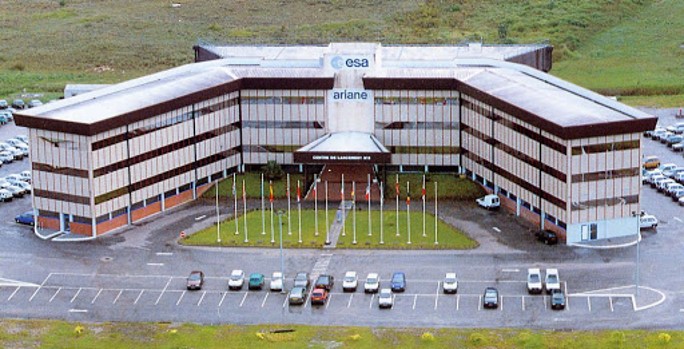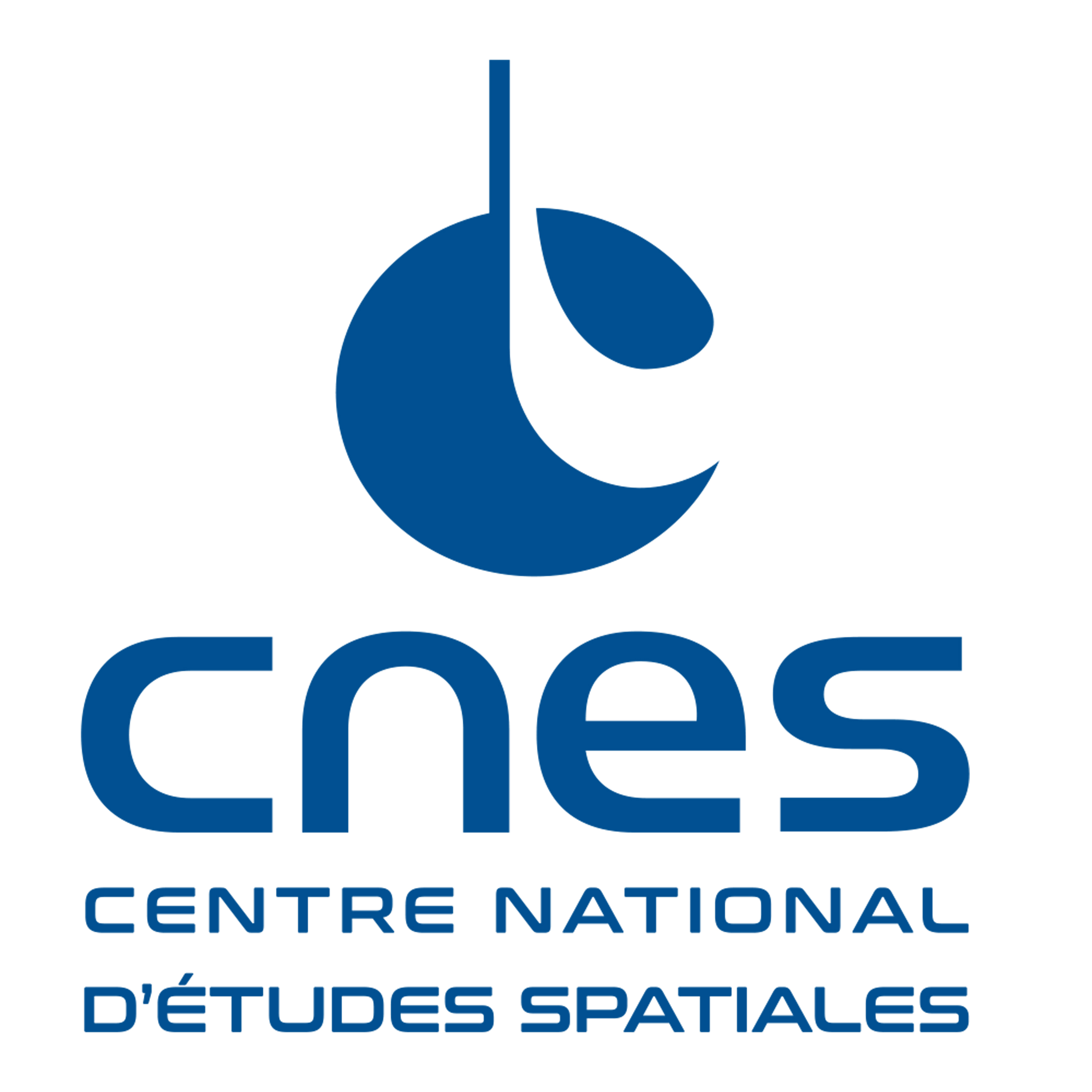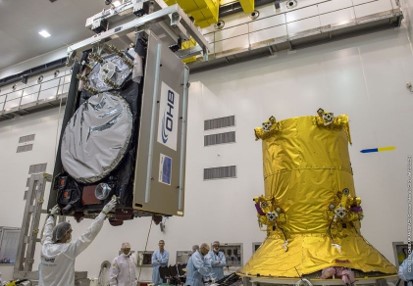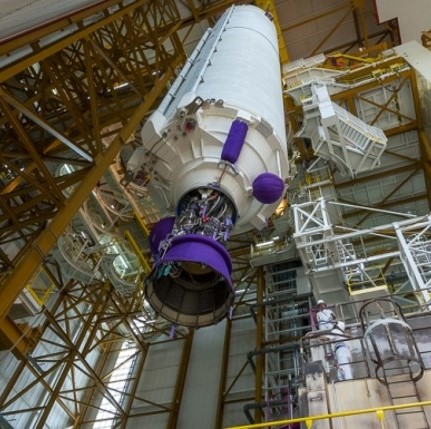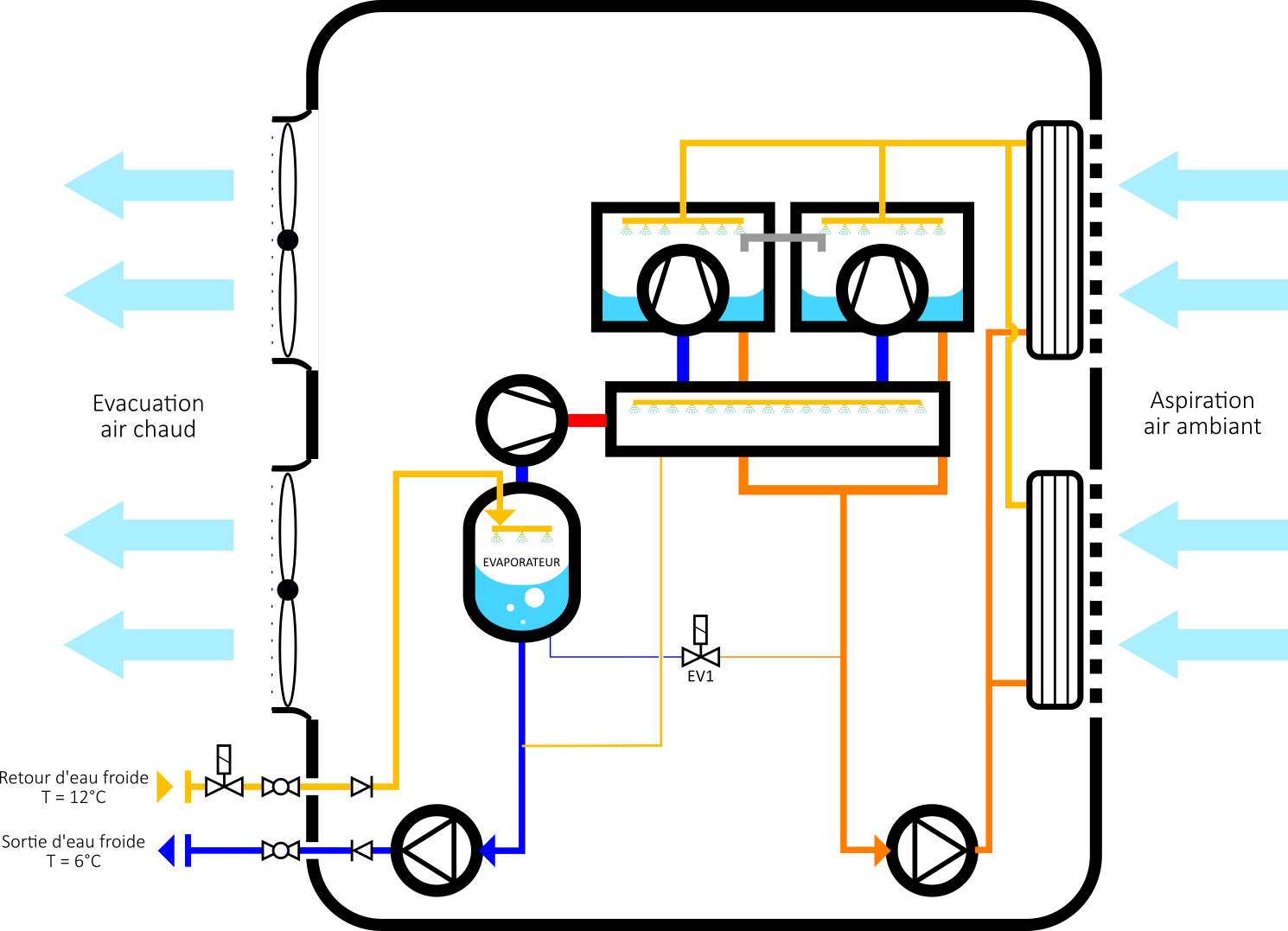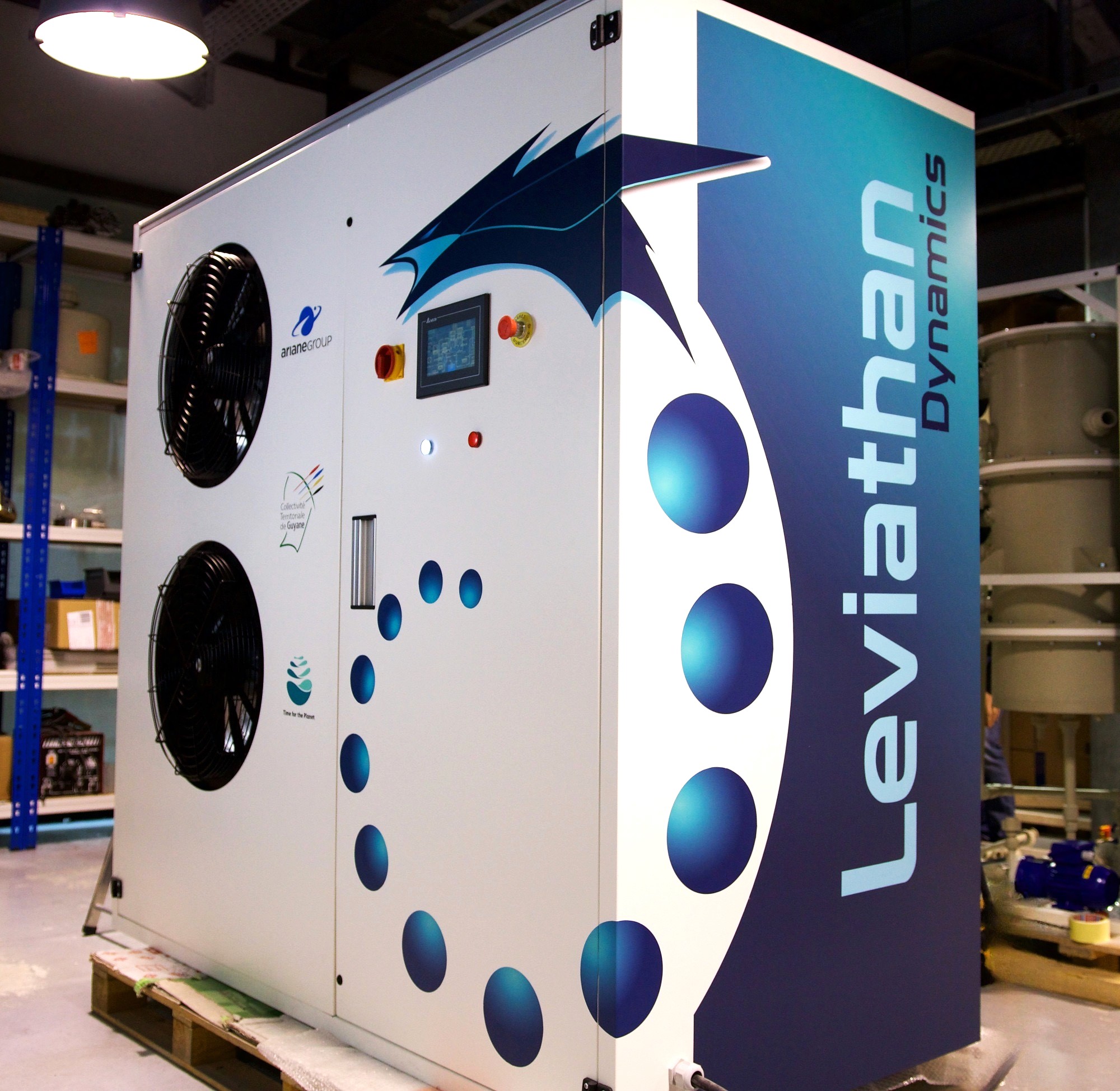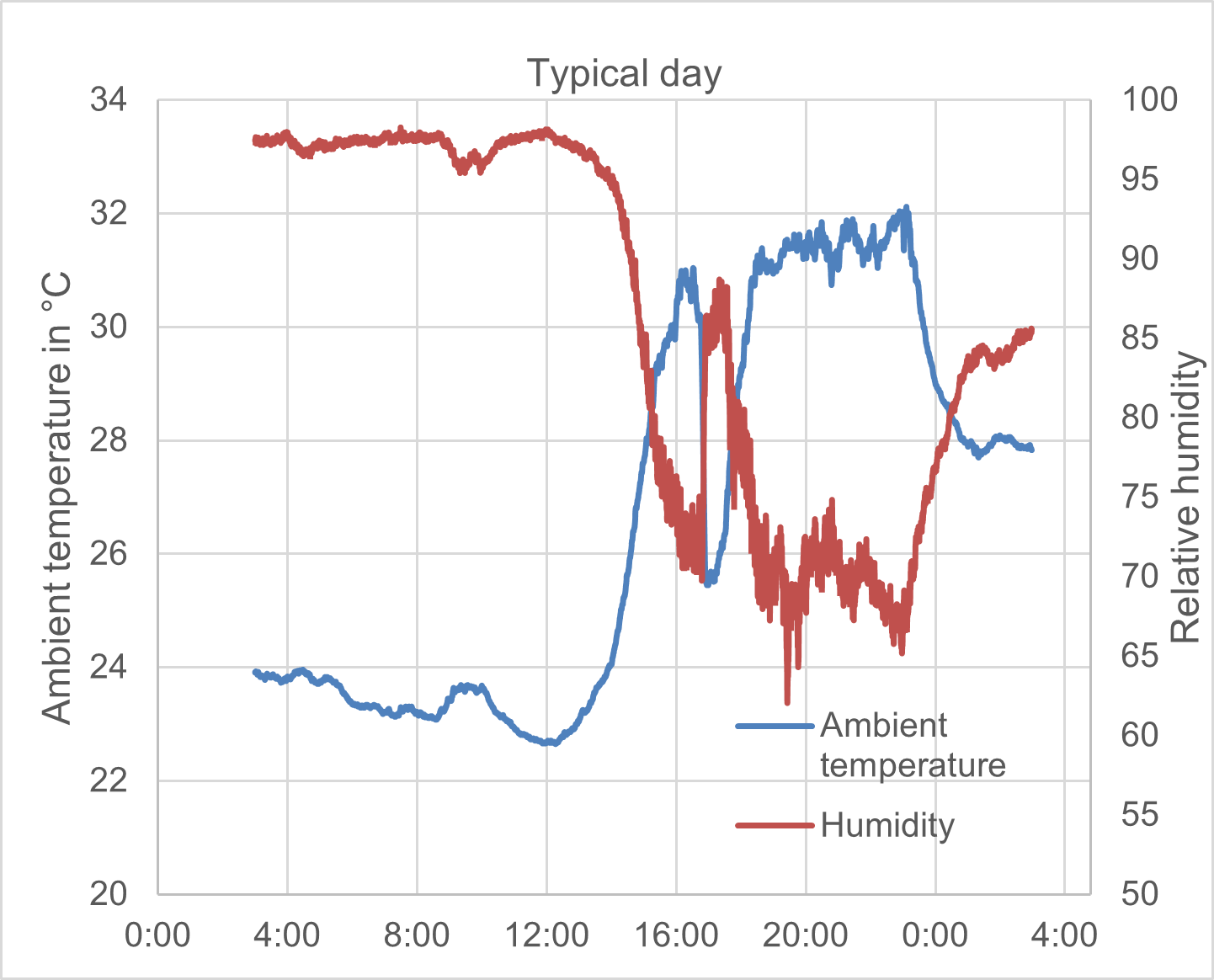French Guyana territory is a territory with a hot climate. In this territory, air conditioning is not a luxury but required to have minimum confort.
ArianeGroup, as the main operator of the Guiana Space Centre, uses a lot of cooling system. Cooling systems are the main utility on site. One third of the electricity consumption of the European Spaceport is used to produce cooling power.
With these stakes in mind, ArianeGroup, CNES and CTG (Collectivité Territoriale de Guyane) were very interested in testing a new cooling technology with zero CO2 impact due to refrigerant and with lower energy consumption.
However, they were well aware that new technology needs work to be reliable. They wanted to test the technology on a small scale on a building with zero risk in case of failure.
The choice has been made to use our technology to control the climate of a non critical buildings that is used to store spare parts for on-land operations.
